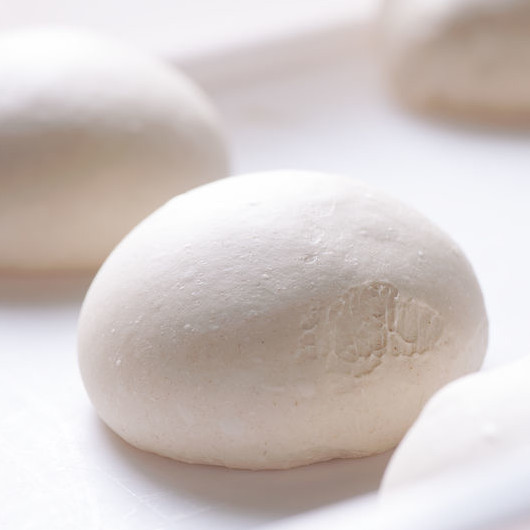
Lipoxygenase
What is Lipoxygenase?
Lipoxygenase, also known as linoleate: oxidoreductase, is an enzyme used in commercial food production.
In bread making, it both bleaches flour and improves dough handling.
Origin
The enzyme is found in plant and animal tissues, but it is most abundant in beans, peas, and potatoes. For use in commercial baking, enzyme-active soybean flour is typically used, although it can also be found in fava bean and other bean flours. Roughly half of the commercially-available enzymes on the market are sourced from genetically-modified organisms.
To eliminate concerns associated with soy sensitivities or allergies among consumers, recombinant enzymes could be used, although more research is needed on this specific ingredient. Experts suggest more detailed, general studies on the role of the enzyme in baking is warranted.1,2
Function
Enzymes are a key ingredient in most bakery products as their use improves the final product’s properties. In recent years, their use has increased based on mandates restricting the use of chemical additives in bread manufacturing. Lipoxygenase is an oxidative improving agent commonly used in doughs in lieu of potassium bromate and azodicarbonamide or other chemical improvers.1,2
Lipoxygenase is added to bleach pigments in dough, creating a whiter loaf and crumb, and to co-oxidize wheat flour proteins, which improves dough rheology. In particular, it makes dough impervious to inadvertent over-mixing by strengthening the gluten network. This enhanced dough strength persists through proofing and baking, ultimately improving the loaf volume.1,2,3
In some instances, the chemical action of lipoxygenase can create unwanted flavors in bread.1
Commercial production
Most frequently, lipoxygenase is added to doughs via enzyme-active bean flours. Another means is through the inclusion of an engineered yeast able to produce and secrete the substance during the production process.3
Application
Typically, enzyme-active soybean flour, which contains lipoxygenase, is added to a dough. No more than 0.5 percent is used. Experts suggest judicious use to prevent off flavors from being created as a result of its use.2
In some applications, enzymes might be custom blended to take fullest advantage of their collective, and often chemically synergistic, properties.1,2,4
FDA regulation
Lipoxygenase is not explicitly listed by the United States Food and Drug Administration as a generally recognized as safe (GRAS) substance. The regulations “do not include all GRAS ingredients and the specific uses described in the GRAS regulations may not be comprehensive for the listed ingredients,” according to the agency.5
References
- Muzzalupo, I., ed. Food Industry. IntechOpen, 2013, dx.doi.org/10.5772/53168e. pp. 287-288, 295, 300-301, 305-306.
- Hayward, S., et al. “Lipoxygenases: From Isolation to Application.” Comprehensive Reviews in Food Science and Food Safety, vol. 16, no. 1, 2016, pp. 199–211., doi:10.1111/1541-4337.12239. Last accessed 19 December 2018.
- Pometto, A., ed. Food Biotechnology. Second ed., CRC Press, 2005. pp. 1006, 1008-1009.
- Raveendran, S., et al. “Applications of Microbial Enzymes in Food Industry.” Food Technology & Biotechnology, vol. 56, no. 1, Jan. 2018, pp. 16–30., doi: 10.17113/ftb.56.01.18.5491.
- Center for Food Safety and Applied Nutrition. “Enzyme Preparations Used in Food (Partial List).” U S Food and Drug Administration Home Page, Center for Drug Evaluation and Research, www.fda.gov/food/ingredientspackaginglabeling/gras/enzymepreparations/default.htm. Last accessed 19 December 2018.

